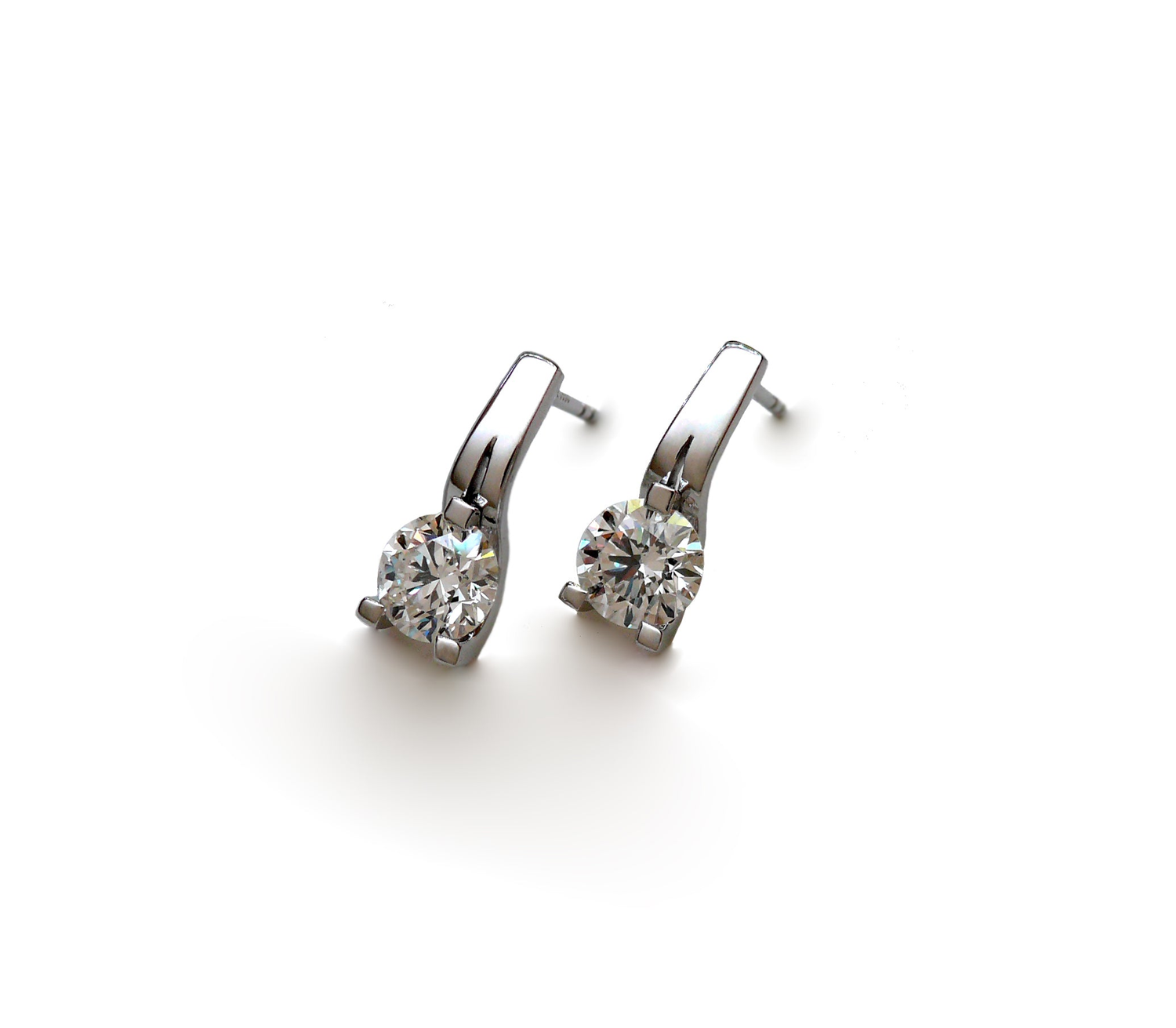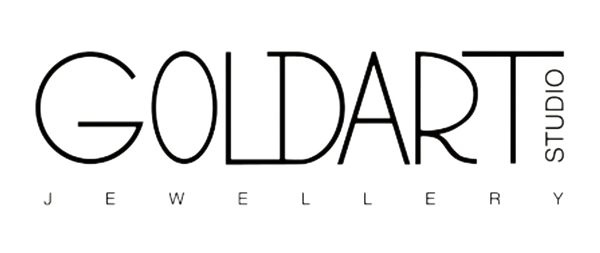Size Versus Weight
This is probably the most important facet when it comes to buying your diamond. The great debate of ‘Size versus Weight’. Size versus weight is solely dependent on how the diamond is cut. Unfortunately, these two terms are often used interchangeably when describing diamonds, or even worse, intentionally overlooked. This matter is extremely important specifically for those clients who are fixated on purchasing a specific carat weight stone.
Numbers and letters alone can’t describe a diamond’s mysterious and captivating beauty, however, the wrong numbers can create a problem of ‘lifelessness’ in your stone and you will certainly end up over-paying. Proportionate size is always more important than total weight.
This is one of the largest pit-falls of buying stones online (or) solely based on the certificate.
Here’s an example of how this happens:

This is what a rough diamond crystal looks like as it comes out of the ground, like two pyramids stacked base to base, or geometrically an octahedron.
From the profile, the cutter will cut one larger stone and one smaller stone from the rough, using the remaining rough to cut tiny stones.


From the aerial view, the cutter will maximize the stone’s circumference, allowing for the larger cut stone to have the best table possible from the rough diamond octahedron.
Let’s assume you’re looking for a 1-carat round brilliant diamond (this principle is proportionate to all sizes).
The diameter of this rough stone is 6.0mm across, which is perfect for cutting a properly proportioned 0.85ct diamond, but too small to cut a properly proportioned 1.00ct diamond.


It is at this juncture where the cutter is faced with a difficult choice: cut for beauty or cut for weight. Should he cut a near perfect 0.85ct like the image on the left, or cut a less brilliant 1.00ct by cutting it too deep like the image with red on the right.
Regrettably, the overall tendency of the diamond cutting industry is to maximize the carat weight instead of focusing on the quality of the cut and producing a more beautiful, but less heavy stone – thus making a little more money in the process. This is why, using our example, there are a lot more exactly 1.00ct stones out there than 0.85ct stones.
So how does this affect you? If you purchase this kind of deep-cut stone, although you are getting the carat weight you asked for, you’re not getting the size, the brilliance or the deal you expected. You can’t imagine how often this happens. A guy gets a ‘great deal’ on a 1.00ct stone with certificate online and his fiancé comes to ask us why it’s noticeably smaller and less brilliant than her best friend’s proportionately cut 1.00ct diamond ring. It’s a very easily overlooked important difference.
Is the cost of convenience and a perceived ‘great deal’ worth such a gamble? Wouldn’t it be better to spend a little less money and get a smaller, but more brilliant stone?
It doesn’t just have to be a deeply-cut stone, the stone could have a widely spread table, but be very shallow. In both cases, you’re not getting what you’re paying for. This is why it’s imperative that you trust the jeweller you’re dealing with.
We welcome you to come visit us in store at our Studio located at 722 Bank Street at the corner of Bank Street and First Avenue in the Glebe.
More Education


